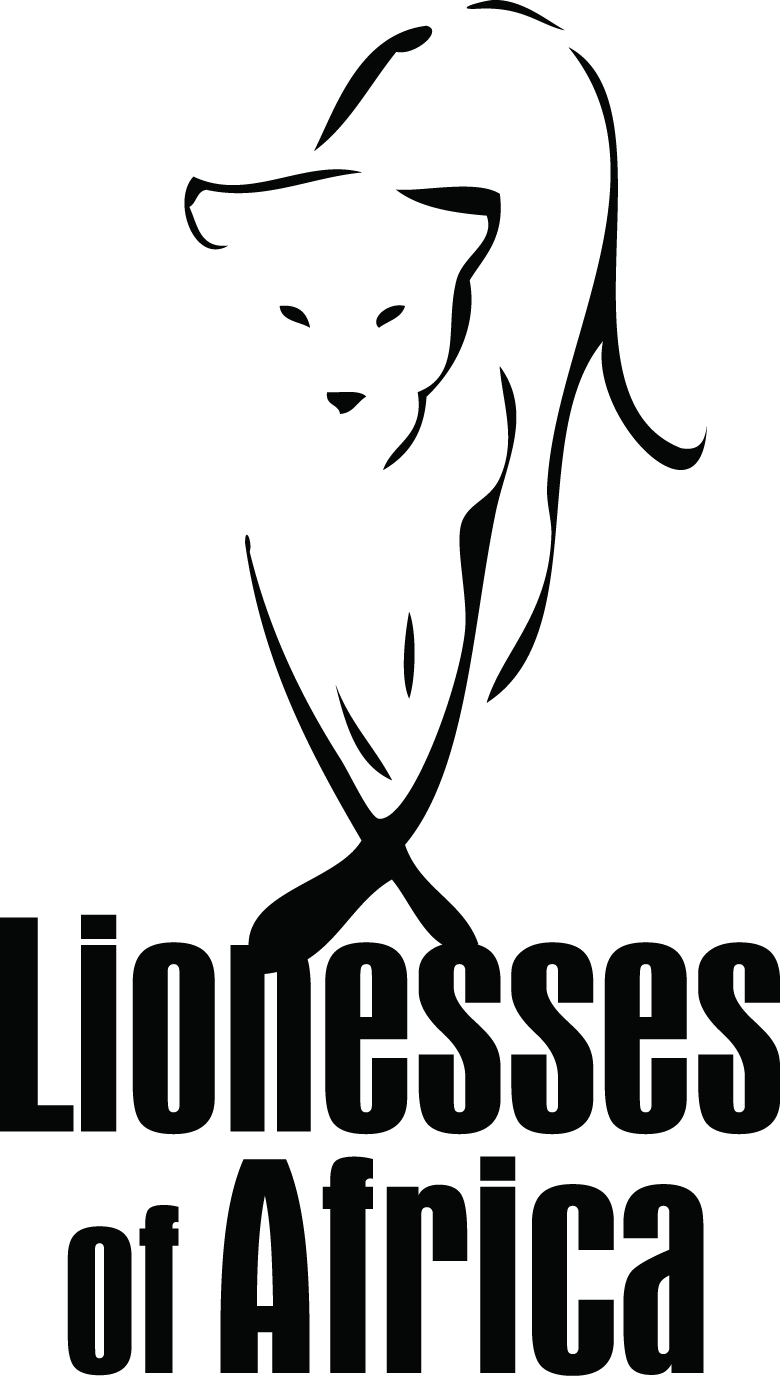Impact Partner Content: Absa / by Absa Business Banking
The ‘Internet of Things’ (IoT) is becoming an increasingly growing topic of conversation in the workplace. It’s a concept that not only has the potential to impact how we live, but also how we work. IoT has particular implications for the retail industry.
Forbes reports that IoT is the concept of connecting any device with an on-and-off switch to the internet (and/or to each other). This includes devices such as cell phones, coffee makers, washing machines, headphones, lamps, wearable devices, etc. Global professional services company Accenture says consumer adoption of IoT devices is expected to rise exponentially.
While leadership teams, and CIOs in particular, may find it difficult to embrace an IoT strategy and companies may struggle to incorporate new classes of devices into their already multifaceted IT infrastructures, it is imperative that retailers take steps to lay a foundation for future support of IoT applications.
“The proliferation of connected devices, coupled with improved, less-expensive technology platforms and adoption of common standards, will only increase the rapid growth of IoT-enabled capabilities across industries. And the IoT will be particularly disruptive to the retail industry,” says Accenture.
The IoT movement offers retailers opportunities in three critical areas: customer experience, the supply chain, and new revenue streams. Accenture provides some examples of how the in-store experience and the connected home of tomorrow might look:
Customer experience
Customers use their smartphone or wearable devices to quickly scan an item and call up product information, reviews or social media commentary.
Customers receive personalised digital coupons upon entering the store.
Customers use robots with touchscreens to browse inventory, and the robots lead customers to the desired products.
Supply chain
Smart shelves in stores detect when inventory is low.
Smart robots work autonomously in areas ranging from stock replenishment to product assembly to handling hazardous materials.
Smart packaging monitors freshness or age of perishable goods.
New channels
Smart price tags can be changed in real time, based on demand or other trends.
With a connected pantry, basic groceries arrive when needed.
Recipes are suggested based on ingredients available in the home.
Temperature and lighting at home are managed through automatic settings or remote monitoring, using connected home comfort devices.
Accenture says that, while the IoT may seem like science fiction, it is fast becoming a reality. Retailers who take the lead in this space stand to gain an important advantage. “Early adopters will be positioned to more quickly deliver IoT-enabled capabilities that can increase revenue, reduce costs and drive a differentiated brand experience.”
According to Ilan Hertz, Head of Digital Marketing at Sisense, retailers were asked in a survey conducted by Boston-based Retail Systems Research which challenges would persuade them to consider IoT solutions for their stores. Hertz reported in an article on multichannelmerchant.com that respondents gave top value to IoT data analytics to help them manage growth-related challenges. Differentiating their brands and monitoring consumer price sensitivity were respondents’ top-rated uses for IoT.
Hertz explains that, connected to a network and the internet, the following IT resources play an essential role in IoT data analytics:
IoT assets, such as mobile and connected devices, sensors and beacons, gather streaming data and route it to the retailer network.
Data storage gives business users and analysts access to huge volumes of historical data.
Data analytics software in the context of retail analytics can be used to analyse and visualise streaming data, set digital alerts and automate report distribution and scheduling.
Data analytics platforms, which can be located on premises or on the cloud, are a centralised digital workspace that processes IoT information gathered from many points on the internet and delivers actionable information to users.
Many respondents were interested in using IoT data analytics to gauge consumer price sensitivity. Business users can do this with IoT data snapshots or set up and test pricing strategies. Using IoT, retailers can compare sales volumes related to stored data or real-time information. IoT technology makes it easy to gather, analyse, visualise and share information automatically.
Retailers can gather data from point-of-sale and many other devices. By using IoT platforms and software capabilities, a retailer can find the best product price range for specific audiences. In studying customer buying patterns, IoT data-gathering, analysis and sharing are automatic.
“With IoT data analytics, retailers can quickly gather, analyse, visualise and use huge volumes of data from many devices. Streaming IoT data helps you know, not guess, what’s happening right now. And you can make changes and identify opportunities quickly before your market changes. Available as a cloud-based service, IoT data analytics is often offered as a monthly subscription service,” says Hertz.


